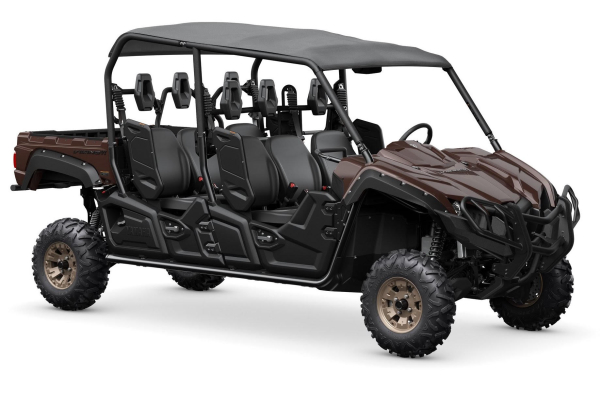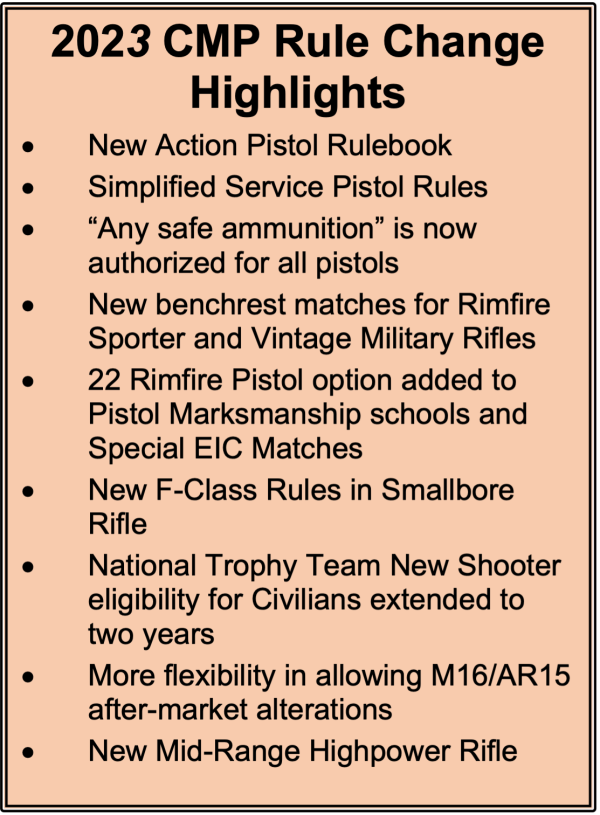The Importance of a Good Trigger
By Glen Wunderlich
With summer knocking on the door, summertime priorities make their way to the top of one’s list. As a gardener, I understand Michigan’s short growing season and take full advantage of the warm weather, just as boaters, golfers, campers and other outdoor aficionados do. And, then there are chores such as car washing, lawn mowing, exterior painting, etc. that garner their fair share of attention. Meanwhile, our hunting firearms are collecting dust, never to be thought of until hunting season begins.
Here are some thoughts that can make hunting season more productive.
A good trigger is a good place to start. Optics have improved immeasurably over the years with electronics and good cheap glass. However, without a clean-breaking and lightened pull weight, a piece of $600 glass will only show a shooter where his misses are hitting. As an ex-shooting range officer, I’ve seen and heard it all when it comes to excuses. Some perplexed shooter were glad to hand off their unworthy firearm to me to test shoot. I’ve handed them back, as soon as I’ve discovered the malady in their marksmanship: poor triggers. No thanks.
Fortunately, there is no better time than the present to upgrade that inaccurate shooting iron, because gunsmiths are typically not as busy now, as they will be when deer season arrives. With this in mind, you may want to consider dishing off that deer gun for a trigger “massage” or replacement.
For liability reasons, many modern firearms have heavy-pulling triggers as a means to minimize exposure to lawsuits relative to accidental discharge. On the other hand, some newer models employ adjustable triggers that can perform quite well for hunting firearms.
Hunting firearms can and should be tools used for a specific purpose, although some can double as varmint and deer guns. Apart from that, when discussing big game guns, we need to understand there is a difference between how they perform compared to quality target guns. Think of it this way: A target gun can hit dime-sized targets consistently at 100 yards, whereas a big game gun only needs to hit dinner-plate sized targets at the same range.
Doing so, doesn’t mean inconsistency is to be considered “good enough” when groups are best described as patterns. Smaller groups are still better than larger ones, but we must be cognizant of trade-offs if we get caught up in precision alone. That’s because target triggers set below 2.5 pounds or less can be downright dangerous in hunting firearms – especially, in the colder weather inherent in fall seasons.
The first consideration is that cold conditions can lessen feel in fingers. Extremities are the first to suffer from the effects of cold and operating a trigger that is set too light can mean that a bullet is sent downrange before a shooter is actually on target.
Secondly, gloves are often worn and that complicates matters for the same reason: feel is compromised.
Thirdly, many big game hunters just are not very familiar with their chosen firearms – sometimes not shooting them at all from season to season. Although a good trigger pull is paramount to the notion of being surprised when a trigger breaks, it shouldn’t be such a surprise that it becomes dangerous. Handing such a firearm to another shooter for any reason should never be done for the same reason, unless it’s done at the firing range under close supervision and in a controlled environment.
No doubt, too much of a good thing can be bad and next week a discussion on hunting optics will follow the same logic.






